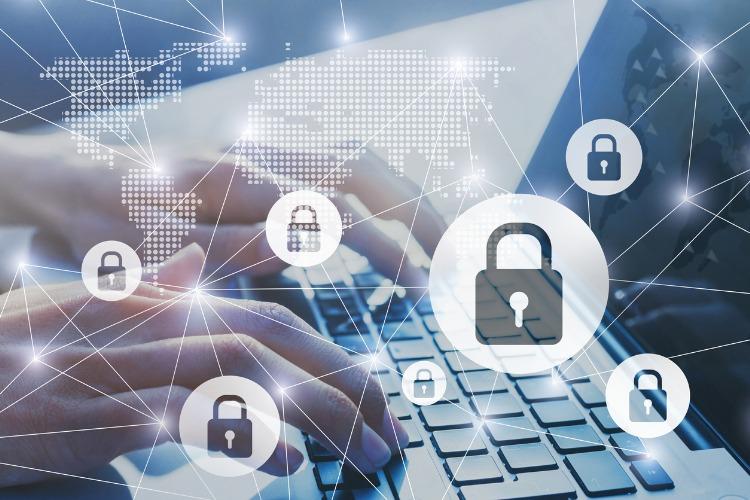Dealing With Ransomware Attacks On Your Business
At its best, technology is an absolute boon for businesses. Simple computing machines make work easier, and making use of networks provides you with connectivity that allows you to quickly reach entities within and without your business.
However, technology isn’t invulnerable. Truth be told, ransomware attacks are on the rise in 2021. In the first half of the year, there had been more than 149 confirmed cases of Ransomware attacking businesses around the world. Ransomware infections are targeting all major industries, including government, education, and manufacturing in every country, so it’s critical you have a secure network with immutable backups that can’t be infected or tampered with!
What Is Ransomware?
Ransomware is the latest threat to your enterprise systems. It can lock you out of your own files and make it impossible for you to access them without a ransom payment.
Ransomware is a type of malicious software that is capable of encrypting files on your corporate networks and then holding them hostage until you pay the ransom. Hackers gain initial access to your systems via phishing emails, unpatched security holes, or 0-day exploits then run scripts that encrypt your files using advanced cryptography and a private key so that only they can decrypt the files.
To regain access to your encrypted files, you’ll have to make a payment to the hackers using a cryptocurrency like Bitcoin or Monero or have the ability to deploy unencrypted ransomware backups. The hackers will often send an email to provide instructions on how to make the payment.
What Are The Most Common Types Of Ransomware?
There are countless types and variants of Ransomware active in 2021. The top ransomware families that have been spotted in the wild include Ryuk, Hafnium GandCrab, WannaCry, NotPetya, Petya, Locky, Bad Rabbit, Cerber, and CryptXXX. Each ransomware gang has its own malware strains and versions that hold encrypted data hostage. Each family of ransomware has distinct characteristics and methods of infection and encryption that can help you identify the type of malware and take the appropriate countermeasures.
Preventing Ransomware Infections
When it comes to ransomware, an ounce of prevention is worth a pound of cure. It’s worth investing in the proper anti-malware solutions to prevent these types of malware from infecting your networks. If someone within your company clicks on an email link or downloaded an infected attachment, that person could spread the virus to your entire network.
Once a ransomware infection has gained a foothold on your network, it could spread to all of the systems in your business and make them inaccessible.
But, what can you do to prevent ransomware infections?
- Educate employees about phishing scams by having regular training to help them identify potential threats. One good measure employees should learn is to avoid clicking on suspicious links or attachments in emails.
- Update your software and operating systems with the latest versions as soon as they are released.
- Keep your operating systems, browsers, and applications updated with the latest security patches as they are released to patch any vulnerabilities that could put you at risk of a ransomware attack.
About 51% of small businesses have no means to be secure from ransomware attacks. By training your employees and installing the latest version of security patches, you can help prevent infections.
You should also have a plan in place to restore your data from backups that cannot be encrypted by malware. If you don’t maintain regular offline and online backups of all critical systems, then it’s possible for hackers to encrypt these, preventing the backups from being deployed!
Restoring Files After Ransomware Infections
If your company has been infected with ransomware, and you’re locked out of your files, time is of the essence, and you need to go into immediate ransomware recovery mode with your IT team.
First, you need to stop the ransomware and prevent it from spreading to additional systems by disconnecting all network shares and devices. With proper system monitoring and segmentation, you should be able to limit the spread to the initial network rather than bringing down your entire business.
Next, restore encrypted data files from backups that aren’t infected with malware. Properly configured backups should be able to restore your devices to a clean slate at the click of a button. This includes databases and servers as well as virtual machines.
Avoiding paying a ransom to cyber gangs is key to your brand integrity and financial bottom line. With tamper-proof backups that can be instantly deployed at the first sign of trouble, you can rest easy that your data is safe from hackers if it’s hosted on the cloud or your own servers.
Ransomware is a global problem that threatens companies of all sizes, but most ransomware infections are preventable with proper IT maintenance and backups that no internal or external operation can overwrite. If you’re concerned with ransomware attacks, immediately test your company’s ability to deploy immutable backups and start an employee anti-phishing education campaign.

